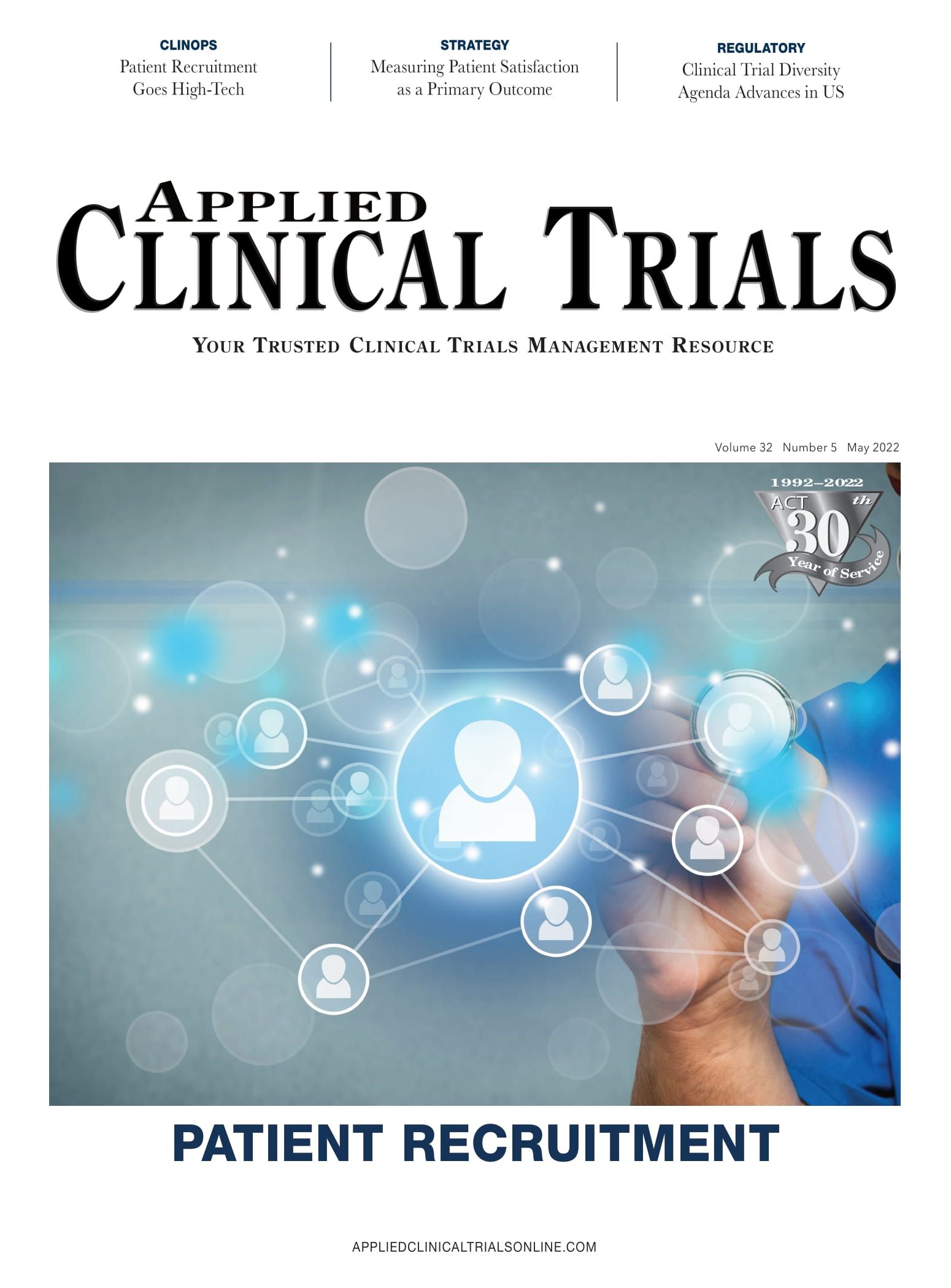The Role of Implementation Leads in Successful FSP Projects

Functional service partnerships (FSPs) allow pharmaceutical and biotech companies the ability to outsource support within certain functional areas of clinical trial management, either to supplement their own internal capabilities or those they have outsourced to another contract research organization (CRO). This approach helps enable more flexible ramping up or down of resourcing as client portfolios change. It also allows for the opportunity to leverage the provider’s technology if they choose, meet new or changing geographic capacity needs, and take advantage of the provider’s experienced staff in areas such as regulatory affairs, pharmacovigilance, clinical operations, data management, etc. However, making an FSP model work takes coordination and accountability. One solution is the inclusion of an implementation lead.
Biopharma companies often use CROs to run their trials in whole or part. If in part, a CRO may provide FSP support to augment client staff in a particular function through dedicated resources. Traditionally, these resource-allocation efforts are overseen by an operations delivery lead (ODL), but some CROs, including PPD Clinical Research Services, take a different approach. By adding an implementation lead (IL) to support the process, responsibilities are divided and efficiencies gained in the critical early phase of the partnership.
In this Q&A, Applied Clinical Trials catches up with Brian Ford, director, functional service partnership solutions, PPD Clinical Research Services, Thermo Fisher Scientific, to answer some frequently asked questions about how ILs contribute to the successful use of FSP models.
ACT: What is an implementation lead?
Brian Ford: An implementation lead is a role whose responsibility it is to coordinate the internal workstreams and client collaboration required in order to assess the resourcing scope of the client, then manage the process of identifying and allocating the right resources at the right time in the right geographies to meet their needs.
In some dedicated resource FSP engagements, an ODL is typically assigned to coordinate all efforts between the client and the CRO (or CROs) providing a functional service. But when the scope or volume of the work is significant, because of the heavy workload upfront to establish and drive the partnership and resource allocation process, efficiencies are gained when the service provider supplements the work of the ODL with someone focused on making sure there is a strong foundation for resourcing success. This is the IL.
ACT: How do they work on projects?
Ford: ILs work closely with ODLs, but their focus is different. While the ODL aligns with the sponsor on timelines, strategies, and operational delivery, the IL is more involved in the initial onboarding of resources. The IL makes sure the project is on track and processes are in place for successful onboarding of resources. A big part of this work involves the coordination with other internal stakeholders in talent acquisition, HR, finance, IT, legal, and others to manage the preparation, allocation, and timely onboarding of requested resources.
ACT: Do ILs interact with sponsors?
Ford: Early input from ILs is critical to setting a foundation for project success. Even before the bid defense, ILs are instrumental in creating an implementation plan, which serves as a proactive, relationship-building springboard to strategic dialogue. The implementation plan provides guidance relating to resourcing and the strategies the CRO will use to meet the client’s objectives. From there, the client can review resource allocation strategy and timelines, then refine the outlined approach as needed in collaboration with the IL.
While clients and ILs often do communicate in the early days of the project, the primary client interaction is typically through the ODL. Whatever level of interaction there is between the IL and client tends to decrease as the project matures and processes become better established. The IL remains a presence, but by the time the project is firmly underway, the ODL often becomes the exclusive point of contact for the client. The timing of the transition depends on the volume of the project, its level of complexity and any changes to its scope.
ACT: How does having an IL drive better outcomes?
Ford: Having a divide-and-conquer approach between the ODL and IL provides for a more focused level of effort in each key area of the partnership. The IL is able to concentrate on developing and executing resource-allocation strategies, while the ODL is then able to provide high-level project delivery oversight, planning and partnership-building with the client.
